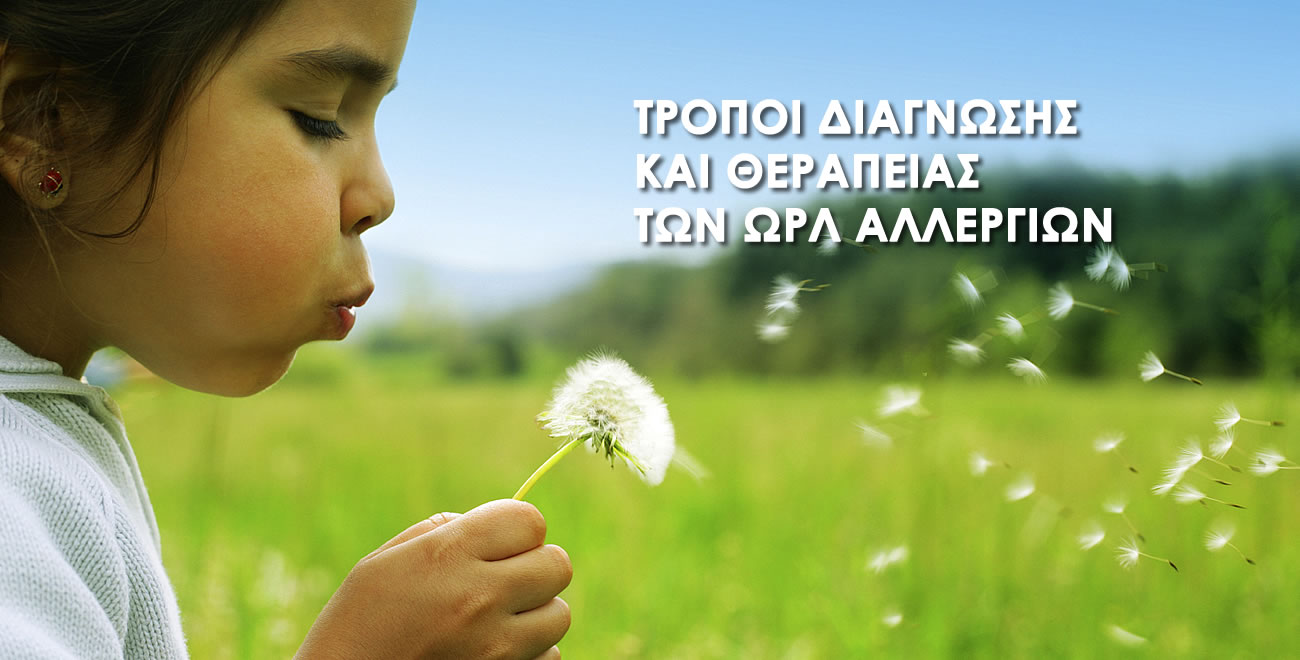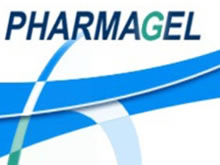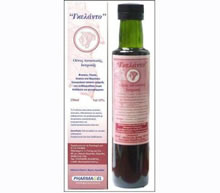
Cat Dander

|
| Γκέλης Ν. Δημήτριος [Δρ] |
| Ιατρός, ΩΡΛ, Οδοντίατρος, Διδάκτωρ της Ιατρικής Σχολής του Πανεπιστημίου Αθηνών, με ιδιαίτερο ενδιαφέρον στην ΩΡΛ Αλλεργία. Φλάμπουρο Λουτρακίου Κορινθίας, 2744023768, τηλ. 6944280764, mail:pharmage@otenet.gr, http://www.gelis.gr |
Common Name: Cat Dander
Latin Name: Felis domesticus
NCCLS Code: E1
Description: Allergy to cat is a common cause of asthma and rhinitis. The major allergen in cat dander is a heterodimeric protein, which is composed of two disulfide chains. The major cat allergen is termed Fel d 1. About 10-15 percent of cat allergic patients are also allergic to cat albumin. Patients who are sensitized to albumin also react to Fel d 1. Allergens are present in cat hair as well as cat salivary and lachrymal glands, skin sebaceous glands, and skin sebaceous gland cells [1].
Allergenic Proteins (with molecular weight):
Fel d 1 at 38 kDa; two disulfide chains at 4 kDa and 14 kDa
In-House Clinical Evaluation Results:
Sensitivity: 92% Specificity: 94%
Efficiency: 93% Number of Samples: 86
References
Schmitz N, et al (2009) described a vaccine for desensitization highly immunogenic and alleviating allergic symptoms upon few injections while being nonreactogenic, for the treatment of cat allergy, consisting of the major cat allergen Fel d1 coupled to bacteriophage Qbeta-derived virus-like particles (Qbeta-Fel d1). Qbeta-Fel d1 was highly immunogenic, and a single vaccination was sufficient to induce protection against type I allergic reactions. Allergen-specific immunoglobulin G antibodies were shown to be the critical effector molecules and alleviated symptoms by two distinct mechanisms. Although allergen-induced systemic basophil degranulation was inhibited in an FcgammaRIIb-dependent manner, inhibition of local mast cell degranulation in tissues occurred independently of FcgammaRIIb. In addition, treatment with Qbeta-Fel d1 abolished IgE memory responses upon antigen recall. Despite high immunogenicity, the vaccine was essentially nonreactogenic and vaccination induced neither local nor systemic anaphylactic reactions in sensitized mice. Moreover, Qbeta-Fel d1 did not induce degranulation of basophils derived from human volunteers with cat allergies.
These data suggest that vaccination with Qbeta-Fel d1 may be a safe and effective treatment for cat allergy.References1. Hitachi Chemical Diagnostics, Inc. Allergy Monograph Series. Resource Guide to the Most Common Allergens, 2000-2003.2. Schmitz N, Dietmeier K, Bauer M, Maudrich M, Utzinger S, Muntwiler S, Saudan P, Bachmann MF. Displaying Fel d1 on virus-like particles prevents reactogenicity despite greatly enhanced immunogenicity: a novel therapy for cat allergy. J Exp Med. 2009 Aug 31;206(9):1941-55.
Το παρόν άρθρο προστατεύεται από το νόμο περί πνευματικής ιδιοκτησίας. Απαγορεύεται η μερική ή ολική αντιγραφή και χρήση του στο διαδίκτυο ή οποιοδήποτε άλλο έντυπο μέσο, εκτός και αν ζητηθεί έγγραφη άδεια από τον ιδιοκτήτη της παρούσας ιστοσελίδας.




